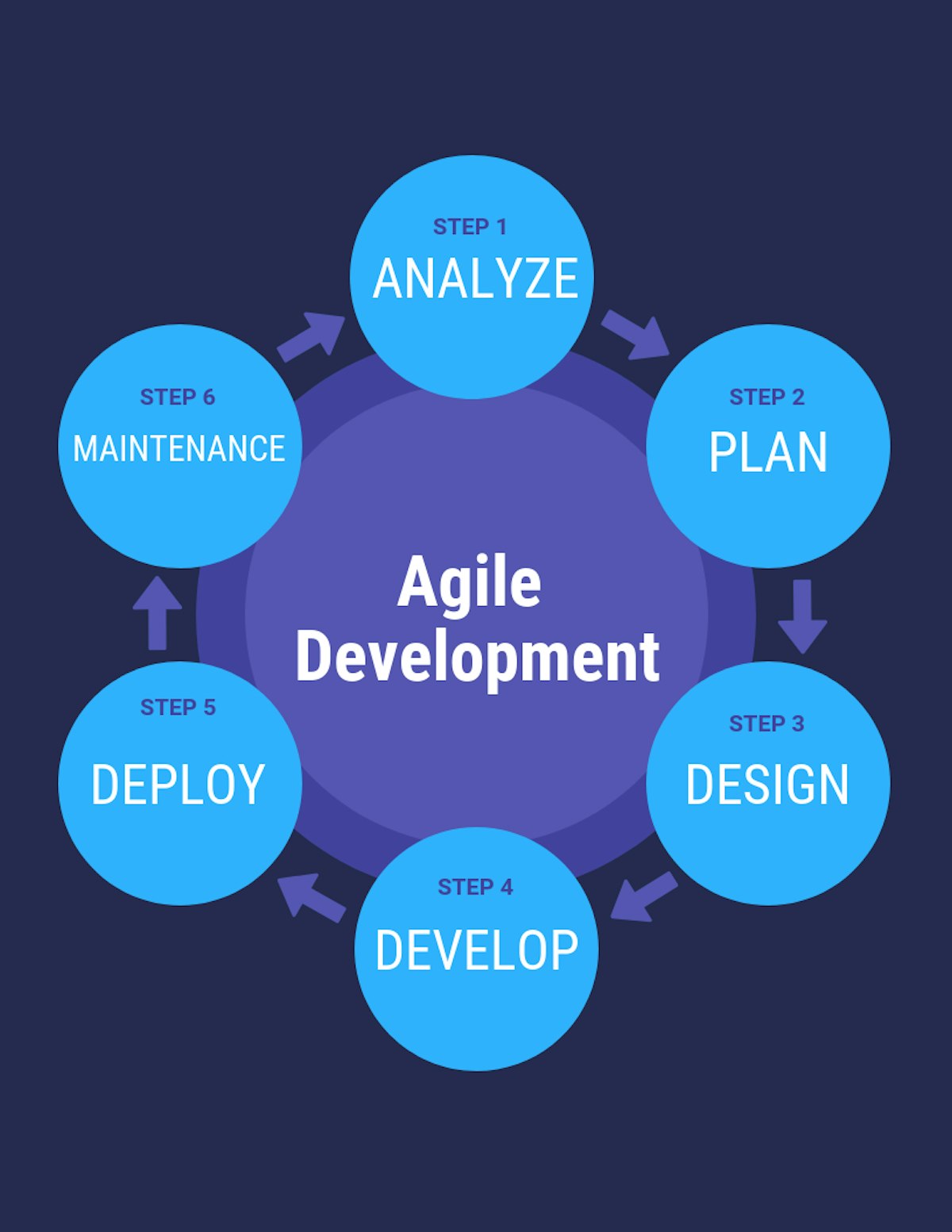3,095 reads
Agile vs Waterfall: How To Choose The Right Methodology for Your Project

Too Long; Didn't Read
Agile vs Waterfall: How To Choose The Right Methodology for Your Project. This article is a look at the pros and cons of the Agile and Waterfall methods. Find out whether Agile or Waterfall is more suitable for your team. The whole point of Agile is to get continuous user feedback while the product is being built, thus, you’ll be able to experiment more and bring innovations to the table. Agile fosters breaking big projects into small chunks. It stresses on small projects.Product Growth at Codegiant
L O A D I N G
. . . comments & more!
. . . comments & more!

